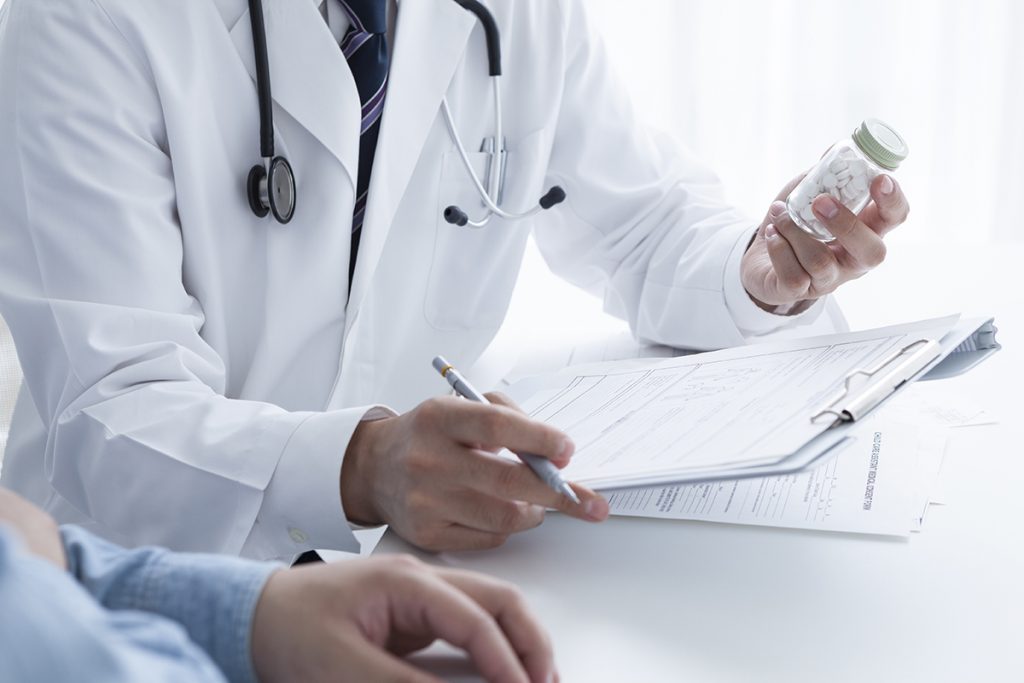
How Does Vicodin Rehab Work?
Vicodin, a prescription painkiller containing hydrocodone and acetaminophen, has been widely used to manage pain. However, due to its addictive properties, many individuals find themselves trapped in a cycle of dependency and struggle to break free. Vicodin rehab programs offer a lifeline to those seeking to overcome their addiction and regain control of their lives.
This article provides an insightful exploration of how Vicodin rehab works, shedding light on the essential components, treatment approaches, and the importance of ongoing support. Understanding the intricacies of this rehabilitation process can offer hope and guidance to those in need, helping them embark on a journey towards lasting recovery.
Assessment and Evaluation
The first step in Vicodin rehab is a thorough assessment and evaluation conducted by medical and addiction professionals. This process helps determine the severity of the addiction, identify any underlying physical or mental health issues, and develop an individualized treatment plan. The assessment may include a review of medical history, physical examination, psychological evaluations, and substance abuse screenings.
Medical Detoxification
Medical detoxification is often the initial rehab phase for individuals with a physical dependence on Vicodin. Under the supervision of healthcare professionals, the individual gradually tapers off the drug while managing withdrawal symptoms. Medications may be administered to alleviate discomfort and ensure safety throughout the detox process. Detoxification can last several days to a week, depending on the individual’s specific needs.

Individualized Therapy
Once detoxification is complete, the individual begins a comprehensive therapy program tailored to their specific needs. Individual therapy plays a crucial role in Vicodin rehab, allowing the person to address the underlying causes of addiction, explore emotional triggers, and develop healthier coping strategies. Evidence-based therapeutic approaches such as cognitive-behavioral therapy (CBT), dialectical behavior therapy (DBT), and motivational interviewing are commonly employed.
Group Counseling and Support
Group therapy sessions provide a supportive environment where individuals in Vicodin rehab can share experiences, gain insights, and build a sense of community. Group counseling helps participants develop empathy, learn from others’ experiences, and receive support from peers who understand the challenges of addiction. Trained therapists or addiction counselors may facilitate these sessions.
Family Involvement
Family involvement is often encouraged in Vicodin rehab programs. Substance abuse affects not only the individual but also their loved ones. Family therapy sessions allow for open communication, education on addiction, and the mending of broken relationships. Involving family members in the recovery process can provide a supportive network and enhance the chances of successful rehabilitation.
Holistic Approaches
Vicodin rehab may incorporate holistic therapies to promote overall well-being. These can include mindfulness and meditation practices, art therapy, yoga, and physical fitness activities. These holistic approaches aim to address the person’s physical, emotional, and spiritual needs, promoting healing and self-discovery.
Aftercare and Continued Support
Successful rehabilitation from Vicodin addiction requires ongoing support after completing a formal rehab program. Aftercare services may include outpatient counseling, support groups, relapse prevention strategies, and alumni programs. Ongoing therapy and support are crucial in helping individuals maintain their sobriety, manage cravings, and navigate the challenges of daily life without relying on Vicodin.
Exploring the Differences Between How Inpatient And Outpatient Vicodin Rehab Works
Vicodin addiction is a serious concern that requires professional intervention and support for recovery. When seeking Vicodin rehab, individuals have two primary options: inpatient and outpatient. Each approach offers distinct benefits and considerations. By understanding the differences and weighing the pros and cons of each, individuals can make an informed decision about the most suitable treatment path to embark upon.
Setting and Environment:
One of the fundamental distinctions between inpatient and outpatient Vicodin rehab is the treatment setting. Inpatient rehab involves residential care, where individuals stay in a rehab center for a certain period, usually several weeks to a few months. On the other hand, outpatient rehab allows individuals to live at home and attend treatment sessions on a scheduled basis.

Level of Supervision and Structure:
In inpatient Vicodin rehab, individuals receive round-the-clock supervision and support from a dedicated treatment team. The structured environment promotes focused recovery by minimizing distractions and providing constant accountability. Outpatient rehab, on the other hand, offers a more flexible schedule, allowing individuals to continue their daily routines while attending treatment sessions at specific times. However, this flexibility also requires individuals to possess a higher level of personal accountability and discipline.
The Intensity of Treatment:
In terms of treatment intensity, inpatient Vicodin rehab typically offers a more comprehensive and intensive approach. In a residential setting, individuals have access to a wide range of therapeutic modalities, including individual counseling, group therapy, holistic activities, and specialized programs. Outpatient rehab, while still providing essential therapeutic services, may have a reduced frequency and duration of treatment sessions due to the individual’s living arrangements and other commitments.
Access to Medical and Psychiatric Care:
Inpatient rehab programs have the advantage of immediate access to medical and psychiatric care on-site. This is particularly beneficial for individuals with severe Vicodin addiction or those with co-occurring mental health disorders. The 24/7 availability of healthcare professionals ensures that any medical or psychiatric concerns are promptly addressed. Outpatient rehab, while offering access to healthcare professionals, may require individuals to seek outside medical or psychiatric support, which may involve additional scheduling and coordination.
Supportive Environment and Peer Interaction:
Inpatient rehab provides a highly supportive environment with a community of peers going through similar experiences. The constant interaction and support from fellow residents can foster camaraderie and a sense of shared struggle and achievement. Outpatient rehab, although lacking the same immersive environment, can still offer valuable peer support through group therapy sessions and support group meetings.
Flexibility and Continuity of Daily Life:
Outpatient Vicodin rehab allows individuals to maintain their daily routines, including work, school, and family commitments. This flexibility can be particularly advantageous for those who cannot put their lives on hold for an extended period. In contrast, inpatient rehab requires individuals to take a temporary leave from their responsibilities and commit to the residential treatment program.
Cost Considerations:
Cost is an important factor to consider when choosing between inpatient and outpatient Vicodin rehab. In general, inpatient rehab tends to be more expensive due to the comprehensive care and round-the-clock support provided. Outpatient rehab, while still requiring financial investment, might be a more cost-effective option for individuals with budget constraints.
Overall, inpatient rehab offers a structured and immersive experience with intensive therapeutic interventions, while outpatient rehab provides flexibility and the ability to maintain daily routines. It is essential to consult with healthcare professionals or addiction specialists to assess individual needs and determine the most appropriate treatment approach.
In conclusion, Vicodin rehab is a comprehensive and multifaceted process designed to address the physical, psychological, and social aspects of addiction. Through a combination of medical detoxification, individual therapy, group counseling, family involvement, and holistic approaches, individuals can find the path to recovery from Vicodin addiction. It is crucial to recognize that rehab is not a one-time event but a lifelong commitment to maintaining sobriety and well-being. Ongoing support, aftercare services, and a strong support network all play pivotal roles in sustaining recovery and preventing relapse for a sober lifestyle in the future.